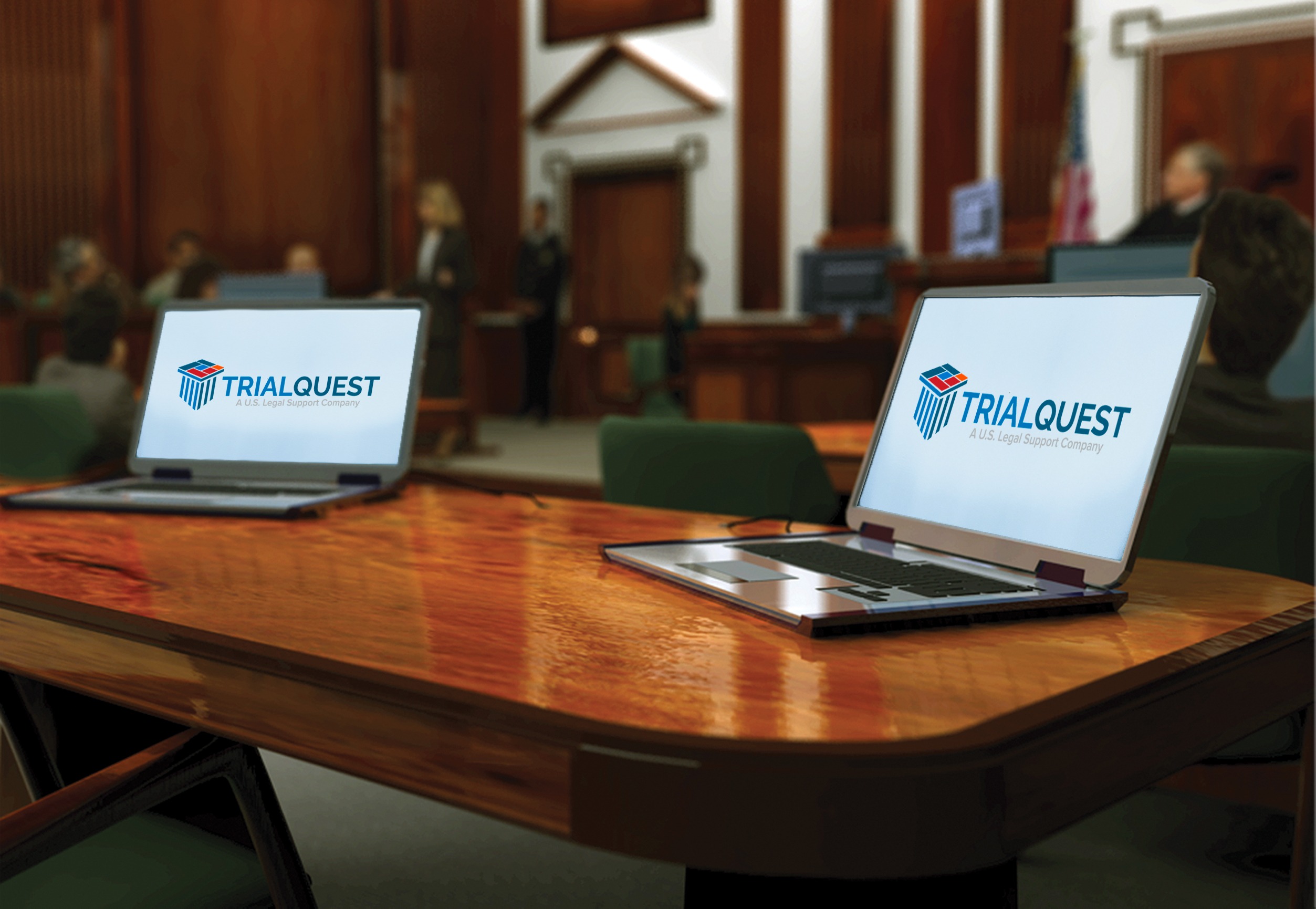The Impact of Well-Organized Trial Presentations on Jury Decisions
The Impact of Well-Organized Trial Presentations on Jury Decisions
Blog Article
The Power of Visuals in Test Presentations for a Winning Debate
The assimilation of visuals in test discussions has actually emerged as an essential variable in efficiently connecting complex disagreements to jurors. By using numerous kinds of visual help-- be it diagrams, photos, or animations-- lawyers can boost understanding and retention, ultimately forming the jury's assumption of the case.
Importance of Visuals in Tests
In lots of lawful setups, visuals play a crucial role in improving the performance of test discussions. The combination of visual aspects can substantially affect jurors' understanding and retention of complicated information, consequently forming their assumptions and choices. Visuals, such as charts, representations, and pictures, can streamline detailed stories, making them extra accessible and engaging.
In addition, the human brain processes visual information much more successfully than message, which underscores the importance of incorporating visuals into legal arguments. By equating thick lawful concepts into visual layouts, lawyers can help with more clear interaction, making certain that bottom lines are not neglected throughout tests.
Furthermore, visuals serve to involve jurors on a psychological level, fostering a link to the situation that words alone might stop working to accomplish. The strategic usage of visuals can stimulate empathy, triggering jurors to take into consideration the human facets of the instance.
Eventually, the significance of visuals in tests hinges on their capacity to enhance quality, enhance juror engagement, and reinforce the narrative being provided. This powerful combination is essential for crafting convincing debates that resonate with jurors and affect the end result of legal procedures.
Kinds Of Visuals to Make Use Of
Effective trial discussions can substantially profit from a variety of visual tools that deal with various aspects of the situation. trial presentations. Utilizing representations and graphes can efficiently break down intricate details, making it much more absorbable for jurors. For instance, flowcharts can illustrate the sequence of events, while bar chart might succinctly compare relevant data points.

Animations and simulations can additionally play a critical duty, especially in situations entailing technical information or complex circumstances. These visuals can dynamically represent procedures or actions, offering clarity and engagement that fixed photos might not achieve.
Additionally, infographics integrate message and visuals to sum up essential details properly. They can present timelines, statistics, and significant situation points in a visually attractive way, making it simpler for jurors to follow the disagreement.
Enhancing Understanding and Retention

Enhancing comprehension and retention during trial discussions is essential for ensuring that jurors understand the necessary aspects of a situation. Visual aids act as effective devices in this respect, equating complicated information right go to website into easily digestible layouts. By utilizing graphes, representations, and infographics, lawyers can simplify elaborate data and highlight vital factors that may otherwise be ignored.
Researches have shown that people retain info considerably better when it exists aesthetically. This is particularly important in a trial setting, where jurors might be overwhelmed by the volume of proof and testimony. By tactically including visuals, attorneys can guide jurors' attention to one of the most crucial aspects of the situation, click to find out more reinforcing their understanding and memory of the product provided.

Developing Involving Presentations
Fascinating jurors' attention during trial presentations is important for sharing a compelling story. Engaging discussions utilize visual aspects to produce an unforgettable experience that reverberates with jurors. The critical use of graphics, animations, and video clips can elucidate complex details, making it more accessible and relatable.

In addition, including narration techniques can enhance involvement. Offering evidence in a logical series that constructs sob story allows jurors to connect with the material on a personal level. Varying discussion layouts, such as integrating brief video clip clips or interactive components, can also suffer rate of interest and interest throughout the test.
Inevitably, an interesting discussion fosters an extra extensive understanding of the instance, allowing jurors to much better appreciate the debates existing and causing additional reading a more beneficial outcome.
Case Research Studies and Success Stories
Various case research studies highlight the substantial impact of visuals in test presentations, demonstrating their capability to influence juror perceptions and inevitably the outcomes of situations. A remarkable case entailing a personal injury insurance claim highlighted how the usage of a 3D animation of the mishap scene clarified intricate information. Jurors reported feeling more educated and compassionate, dramatically persuading their choice in support of the complainant.
In another instance, a corporate litigation instance used infographics to existing economic information and timelines, making intricate information easily accessible. The graph allowed jurors to comprehend the subtleties of the situation a lot more effectively than spoken descriptions alone. trial presentations. As an outcome, the jury returned a decision that exceeded the customer's assumptions
The engaging visuals not just helped in developing question yet also resonated psychologically with jurors, leading to an acquittal. These success stories emphasize the requirement of integrating visuals right into test presentations, as they enhance understanding, retention, and inevitably, the persuasive power of legal arguments.
Conclusion
In final thought, the strategic unification of visuals in trial discussions significantly boosts jurors' understanding and retention of complex details. Engaging discussions, supported by engaging case researches, demonstrate the extensive effect that visuals can have on persuasive interaction.
Report this page